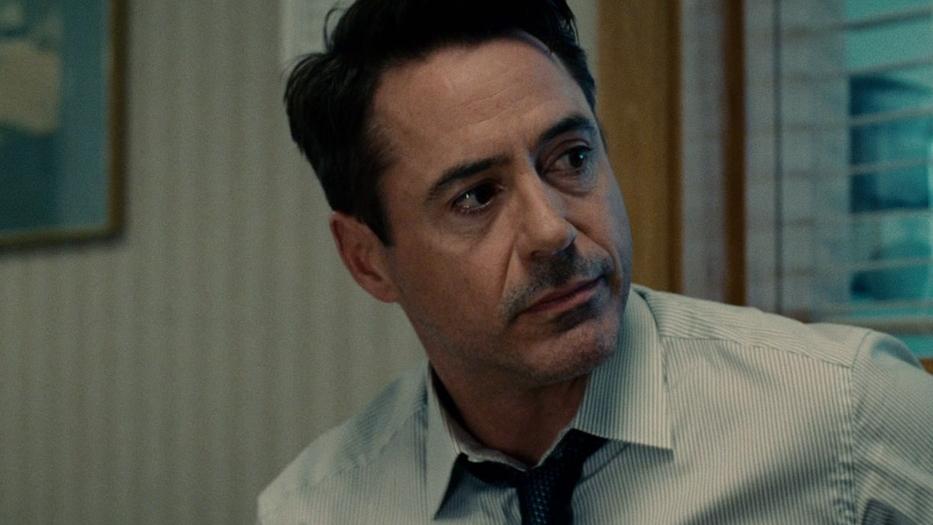How Robert Downey Jr. Got Started in Acting
(By Carmichael Phillip)

(Robert Downey)
Robert Downey Jr. is one of the most recognizable faces in Hollywood, known for his iconic roles as Tony Stark in the Marvel Cinematic Universe and Sherlock Holmes in Guy Ritchie’s Sherlock Holmes. His rise to stardom, however, was not an overnight success but rather the result of growing up surrounded by the arts, navigating early challenges, and finding his voice as an actor.
Growing Up in a Creative Environment
Born on April 4, 1965, in Manhattan, New York, Robert Downey Jr. was destined to be in showbiz. His father, Robert Downey Sr., was an avant-garde filmmaker and actor, while his mother, Elsie Ann, was an actress. Raised in a bohemian, creative household, Downey was exposed to the world of cinema from a very young age.
“I was always around actors, cameras, and storytelling. It felt natural to me,” he shared in a 2008 interview with Rolling Stone. “Acting wasn’t a decision I made—it was something I was drawn to because it was all I knew.”
Downey made his acting debut at the age of five in his father’s 1970 film Pound, a quirky movie where he played a puppy. Speaking about the experience, he joked in a 2014 interview with Esquire, “I think I got the role because I was cheap labor—and I fit the costume.”
Early Career and Teen Stardom
After his parents divorced when he was a teenager, Downey moved to California with his father but later returned to New York to pursue acting seriously. He studied at the Stagedoor Manor Performing Arts Training Center, honing his craft and developing a passion for performance.
Downey’s big break came in the 1980s when he joined the cast of Saturday Night Live for the 1985–1986 season. While the season wasn’t particularly well-received, it introduced him to a wider audience. Around this time, he began landing roles in teen-oriented films like Weird Science (1985) and Less Than Zero (1987), where he played Julian Wells, a young man struggling with addiction. The role earned him critical praise and hinted at the emotional depth he would bring to future performances.
“I think Less Than Zero was the first time I felt the weight of a character,” he told The Guardian in 2008. “It wasn’t just about delivering lines; it was about digging deep and connecting with the pain and complexity of the role.”
Breaking into Stardom
The late 1980s and early 1990s saw Downey solidify his reputation as a leading man. In 1992, he starred as Charlie Chaplin in Richard Attenborough’s Chaplin, a role that required him to master Chaplin’s physicality, comedic timing, and vulnerability. The performance earned Downey his first Academy Award nomination for Best Actor.
Reflecting on Chaplin, Downey said in a 1993 interview with Entertainment Weekly, “It was a role that terrified me. I didn’t know if I could pull it off, but that fear pushed me to give everything I had. It taught me what acting could really be.”
Challenges and Resilience
While Downey’s talent was undeniable, his personal life began to overshadow his career in the late 1990s and early 2000s. Struggling with addiction, he faced legal troubles and stints in rehab, which derailed his career. Despite these setbacks, Downey remained determined to rebuild his life and return to acting.
“I hit rock bottom, and for a while, I didn’t think there was a way back,” he told Vanity Fair in 2014. “But I realized that acting was my lifeline—it was the one thing that gave me purpose. I knew I had to fight for it.”
With the support of his wife, Susan Downey, and a renewed focus on his health and career, Downey made a triumphant comeback. He took on smaller roles in critically acclaimed films like Kiss Kiss Bang Bang (2005), which showcased his charm and wit and reminded audiences of his immense talent.
Rebirth as a Blockbuster Star
In 2008, Downey’s career reached new heights when he was cast as Tony Stark/Iron Man in Marvel Studios’ Iron Man. The role not only launched the Marvel Cinematic Universe but also redefined Downey’s career. His portrayal of the charismatic billionaire with a troubled past resonated with audiences and critics alike, cementing him as a global superstar.
Director Jon Favreau, who fought to cast Downey in the role, told The Hollywood Reporter in 2018, “Robert wasn’t just acting as Tony Stark—he was Tony Stark. His vulnerability, his humor, his intelligence—it all came through. There was no one else who could have done it.”
Downey reflected on the role in a 2019 interview with Time: “Iron Man was more than a movie role for me—it was a chance to prove to myself and the world that I could rise again. I owe so much of my career to that film.”
Robert Downey Jr.’s journey into acting is a story of talent, perseverance, and redemption. From his early days in his father’s films to becoming one of the most beloved actors of his generation, Downey has shown an extraordinary ability to reinvent himself. His commitment to his craft and his resilience in the face of adversity serve as an inspiration to aspiring actors and fans worldwide. As he continues to take on new and challenging roles, Robert Downey Jr. remains a testament to the power of second chances and the enduring magic of cinema.



